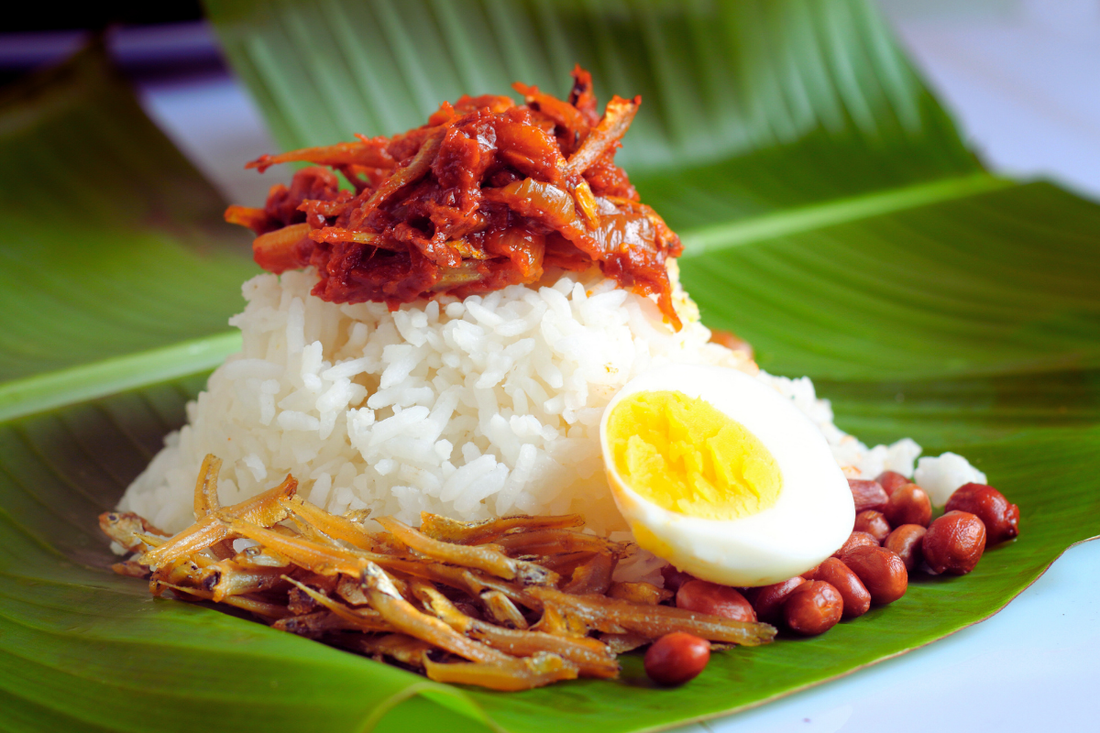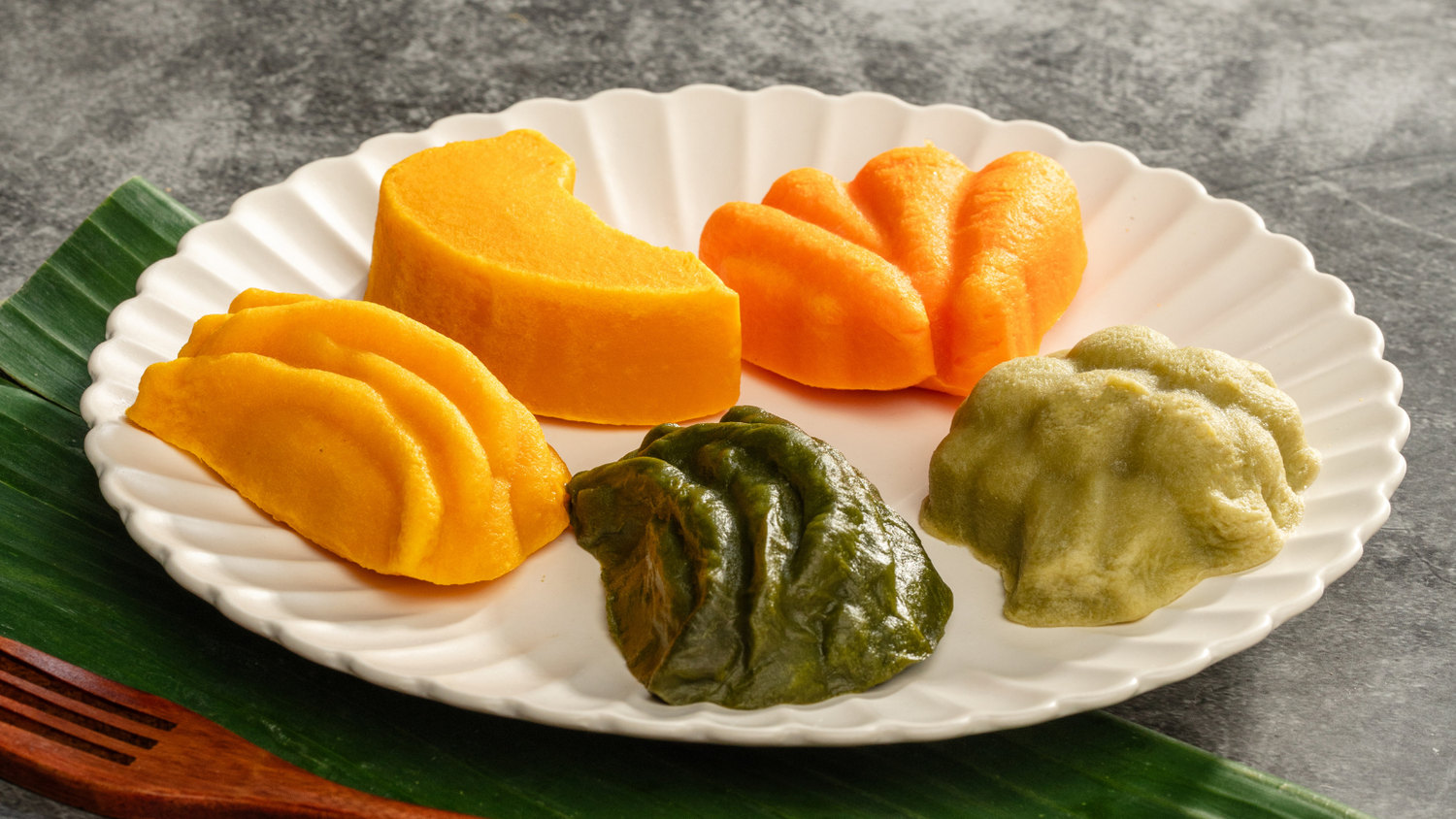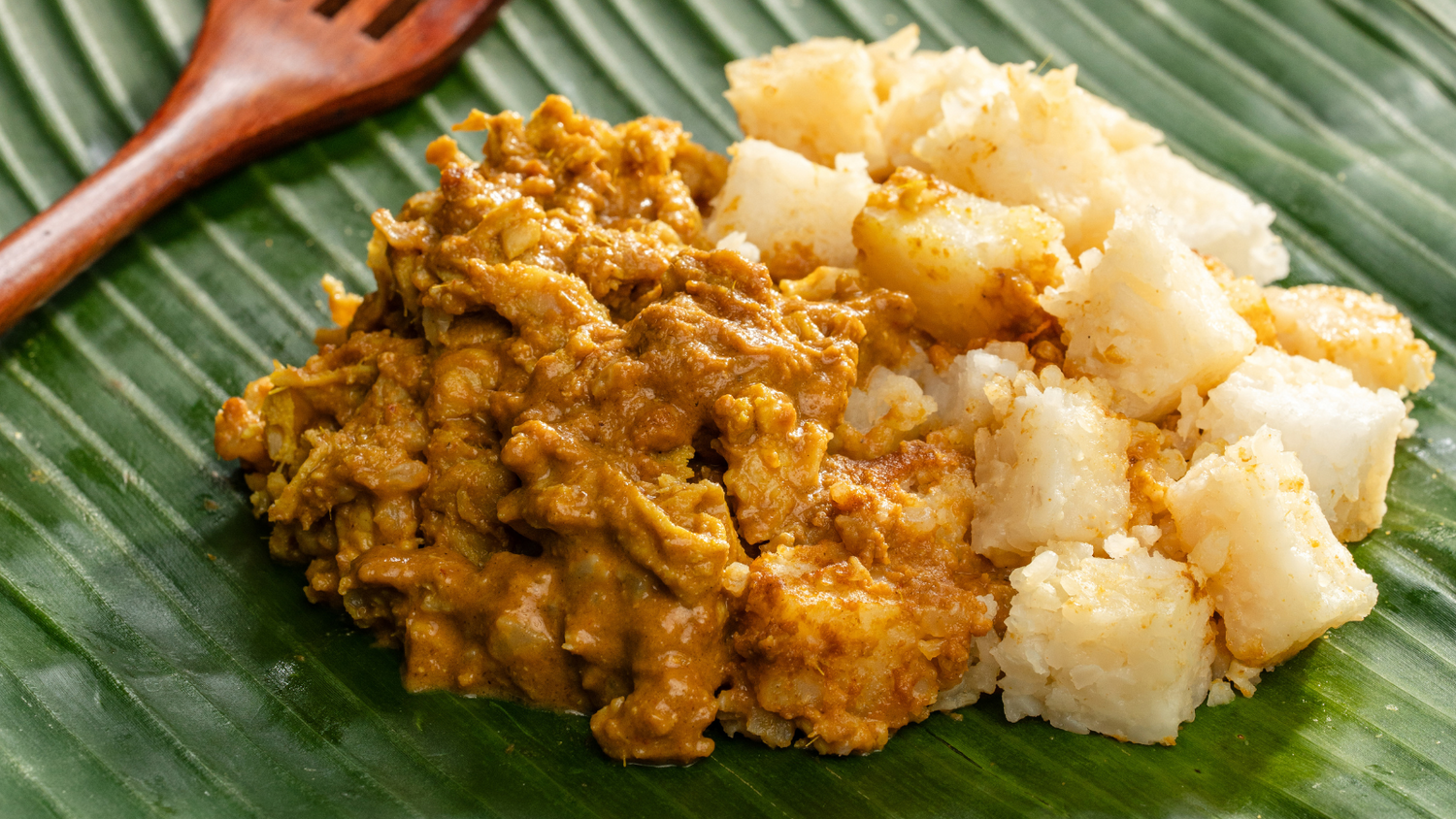Nasi Lemak Unplugged: The Delicious History of a Singaporean Favourite
Share
Origins and Early Influences
Nasi lemak, while deeply rooted in Malay culture, has carved out a significant place in Singapore's culinary landscape. The dish likely made its way to Singapore through early Malay immigrants who settled in the region, particularly during the Malay Archipelago's migration periods. Traditionally, nasi lemak was a nutritious meal consumed by farmers and laborers, often wrapped in banana leaves for convenience. The dish's essential components—coconut milk-infused rice, sambal (a spicy chili paste), fried anchovies (ikan bilis), roasted peanuts, and cucumber—reflected the local agricultural bounty and the everyday lifestyle of the community.
Cultural Significance
In Singapore, nasi lemak transcended its humble beginnings to become a beloved national dish enjoyed by people from various ethnic backgrounds. The dish is emblematic of Singapore's multicultural society, where it is appreciated not only by Malays but also by Chinese, Indians, and other communities. This culinary integration is a testament to Singapore's unique identity as a melting pot of cultures. The blend of flavours and cooking styles from different ethnicities has enriched nasi lemak, allowing it to adapt and evolve over time.
Evolution in the Hawker Scene
As Singapore evolved into a bustling urban centre in the 20th century, the food culture also transformed, with street hawkers playing a pivotal role in popularising local dishes. Nasi lemak became a staple in hawker centres, where vendors offered their unique variations. The dish often adapted to cater to local tastes, with some stalls offering fried chicken, beef rendang, or even additional accompaniments like otak-otak (spicy fish cake) alongside the traditional sides.
Hawker centres provided an accessible and affordable dining option for Singaporeans, making nasi lemak a popular breakfast choice. As the country developed, the dish gained recognition for its rich flavours and satisfying nature, leading to its widespread availability across the island. In many households, nasi lemak became synonymous with gatherings and special occasions, often served during festivals and celebrations.
Recognition and Modern Adaptations
In the 21st century, nasi lemak has experienced a resurgence in popularity, with new interpretations and gourmet variations emerging. Upscale restaurants and modern cafes began offering creative presentations and high-quality ingredients, elevating the dish beyond its traditional roots. Innovations include truffle-infused rice, artisanal sambals, and unique protein options such as grilled octopus or lobster, showcasing the dish's versatility.
Nasi lemak has also become a symbol of national pride, featured prominently in food festivals and culinary events that celebrate Singapore's rich gastronomic heritage. In 2019, Singapore celebrated its first Nasi Lemak Festival, highlighting the dish's significance in local culture and its impact on the culinary scene.
Global Recognition
The popularity of nasi lemak has not remained confined to Singapore alone. The dish has garnered international attention, featuring in food blogs, travel shows, and culinary competitions around the world. Its inclusion in international menus reflects the growing appreciation for diverse cuisines and highlights Singapore’s position as a global culinary destination.
Today, nasi lemak is more than just a dish; it is a cultural icon in Singapore, representing the nation's multicultural heritage and its food history. Whether enjoyed as a traditional breakfast or a modern twist, nasi lemak continues to delight locals and visitors alike, showcasing the unique flavours and diversity that define Singapore's vibrant culinary landscape. Its evolution from a humble meal to a cherished national dish is a testament to the country's rich food culture and the enduring love for this delightful dish. As the years go by, nasi lemak remains a true reflection of Singapore's identity, uniting people through its deliciousness and historical significance.





